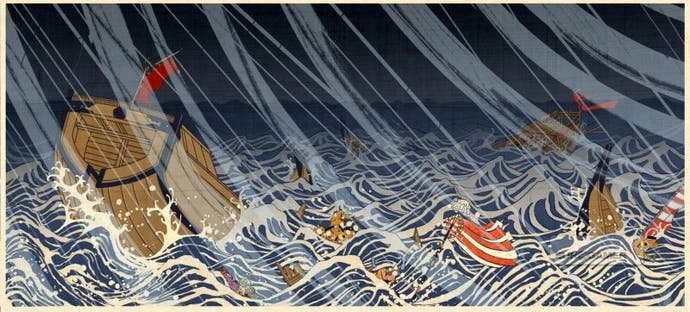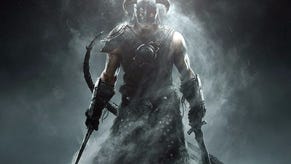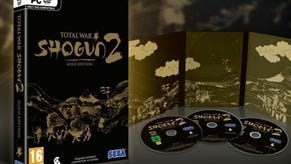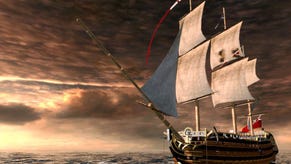Shogun 2: Total War
Returning Japanese.
The love for the period runs deeper than effusive statements from the designers. One striking aspect of the game is the use throughout of stunning artwork in the contemporary style of medieval Japan - filling the screen with icons, menus, maps and paintings which wouldn't look out of place on a folding screen in a palace in old Kyoto. One of the team's artists, I'm told, spent a full year learning how to paint in this style.
The dedication shines through, even at this early stage - and it's a symptom of the team's other pressing reason for returning to the Sengoku Era, after its continent- and eventually globe-trotting adventures in later Total War instalments.
Homing in on Japan gives the game focus, the ability to explore the military history of a specific nation and era in extraordinary depth, rather than spreading the game across countless different nations and their different military approaches.
"We're focusing the gameplay down on a smaller landmass, but still retaining the epic scale of Total War," says Russell. "You get that sense of the vastness of Japan - it conjures up the feeling that you would have had in the medieval mind.
"We want to make the game epic, not in terms of geographic extent like in Empire and Napoleon, but in terms of gameplay depth and really drilling down to the beautiful depth you can within Japanese culture... Because we're representing one culture, we can really show it in all its glorious detail, instead of having to show lots of different cultures around the world in less depth."

That much is apparent simply from the quality of the game's artwork and visuals. Each battlefield is a picturesque scene from an epic movie, each of the soldiers on it (56,000 is the extraordinary theoretical maximum number in any given engagement, I'm told) rendered in loving detail, right down to those rivulets of rain trickling down the lacquered plates in wet weather.
Yet in gameplay terms, too, the team is enjoying this newfound focus. The game boasts nine factions, each a historical clan of the era which starts out with its base in a single state of Japan, and which has certain unique strengths or weaknesses, as well as certain unique characters associated with it. The assortment of units, however, is much smaller than in previous Total War games - an as-yet-not-finalised number around 30 is bandied about in our conversation.
"We want every feature, every unit, to have genuine gameplay depth to it," says Russell. In a way, we want to do more with less. Obviously the Napoleonic wars had a frightening array of units, and we wanted to render that appropriately - that was part of the feel of the period, and we want to do what's appropriate for the setting. With Shogun 2, we want to make sure that every unit has a unique identity and feel, that they understand how to use it, and what its strengths and weaknesses are."










.png?width=291&height=164&fit=crop&quality=80&format=jpg&auto=webp)




.jpg?width=291&height=164&fit=crop&quality=80&format=jpg&auto=webp)
